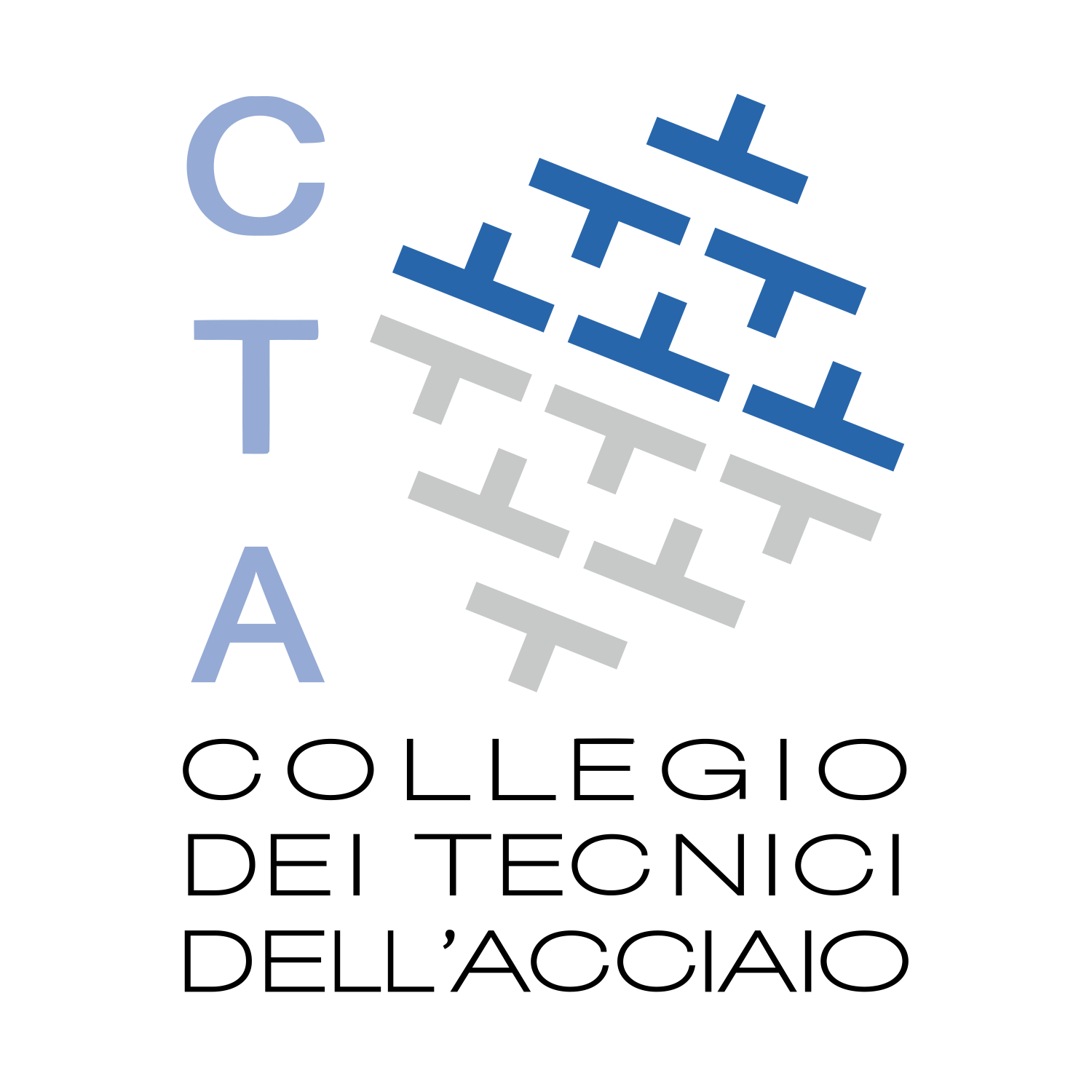Editorial Policies and Guidelines
Description
Bimonthly journal dedicated to the dissemination of steel construction culture
Costruzioni Metalliche (CM) is Italy’s oldest technical journal focused on steel constructions. Founded in 1949, it has been at the forefront for over seventy years, providing in-depth technical and scientific insights into building with steel.
The editorial content encompasses all aspects of metal structure realization: research, engineering, architecture, construction, development and application of sector regulations, history of metal constructions, corporate organization and construction site management, market surveys, and editorial reviews.
As the official publication of the CTA – Collegio dei Tecnici dell’Acciaio, CM addresses all construction sectors that benefit from the indispensable contribution of steel: metal carpentry—including design, fabrication, and assembly—building construction, infrastructure, and related components such as safety barriers, noise barriers, rockfall barriers, special construction equipment, and structural restraint devices.
With a strong orientation towards the European and international context, CM pays particular attention to innovation, sustainability, cost-effectiveness, and rapid construction, both in large infrastructure projects and in civil and residential building. It serves as a valuable informational and educational tool for engineers, designers, entrepreneurs, technical managers of public administrations, professionals, educators, researchers, and students.
The journal is structured into the following sections:
- Research
- Realizations
- Engineering
- Architecture
- Regulations
- BIM
- Steel and Fire
- Culture of Metal Constructions
- Reviews
- News from Companies
- News from Associations
Website: www.collegiotecniciacciaio.it/costruzionimetalliche
Email: costruzionimetalliche@ctanet.it
Facebook: www.facebook.com/CMrivista
Advertising Agency:
Agicom srl
Viale Caduti in Guerra, 28
00060 Castelnuovo di Porto (RM)
www.agicom.it
Tel. +39 069078285
Domenica Cipriani
Mobile: +39 380 7544576
Email: domenicacipriani@agicom.it
Subscription Options:
- Annual Subscription to Costruzioni Metalliche 2024: €60.00
- Annual Subscription to Costruzioni Metalliche 2024 – International Shipping: €150.00
- Annual Subscription to Costruzioni Metalliche 2024 for Students: €20.00
To subscribe, please visit our subscription page.

